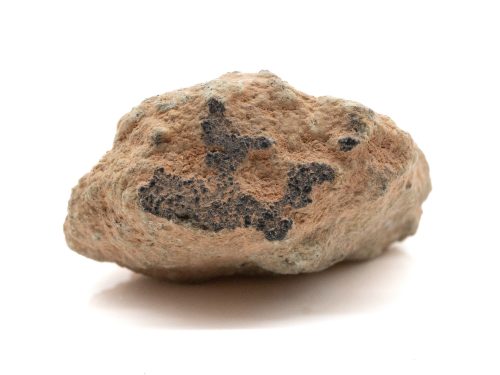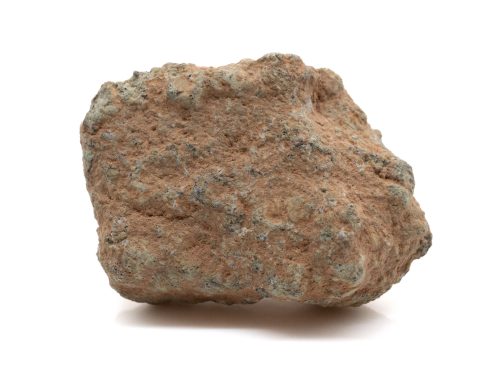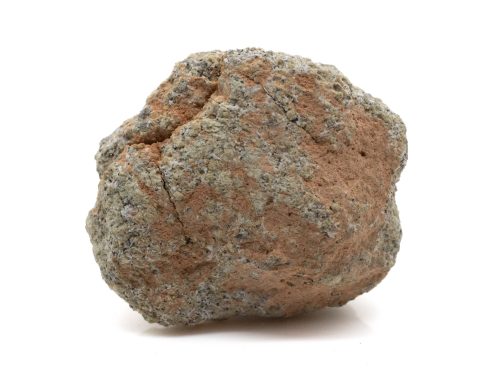Northwest Africa 12241
Martian, shergottite
Found in Morocco, 2018
A green Martian that landed in Algeria. It is incredibly delicate and subsequently, many broken fragments were recovered. A small total known weight of 1,150 grams were found. Some specimens offered even have fusion crust! These friable pieces exhibit a lovely pale green color.
Levels of shock are judged to be low, based on the absence of optical effects in plagioclase and the complete lack of any conversion to maskelynite; the presence of widespread microcracks in mafic silicates is the only clear evidence of shock, as noted by the official write up.
Showing all 4 results



